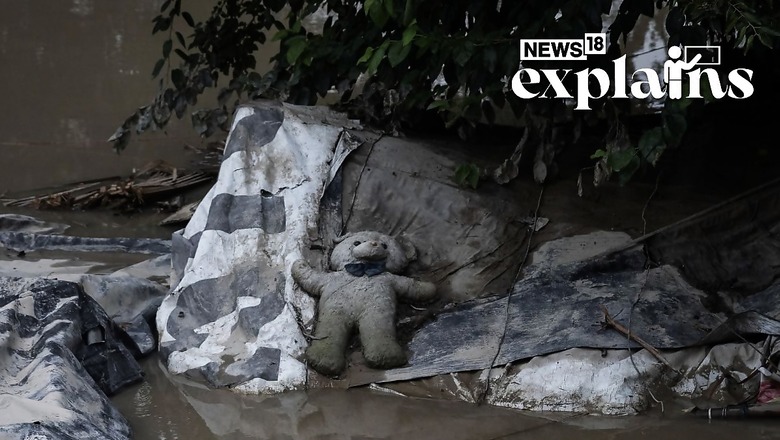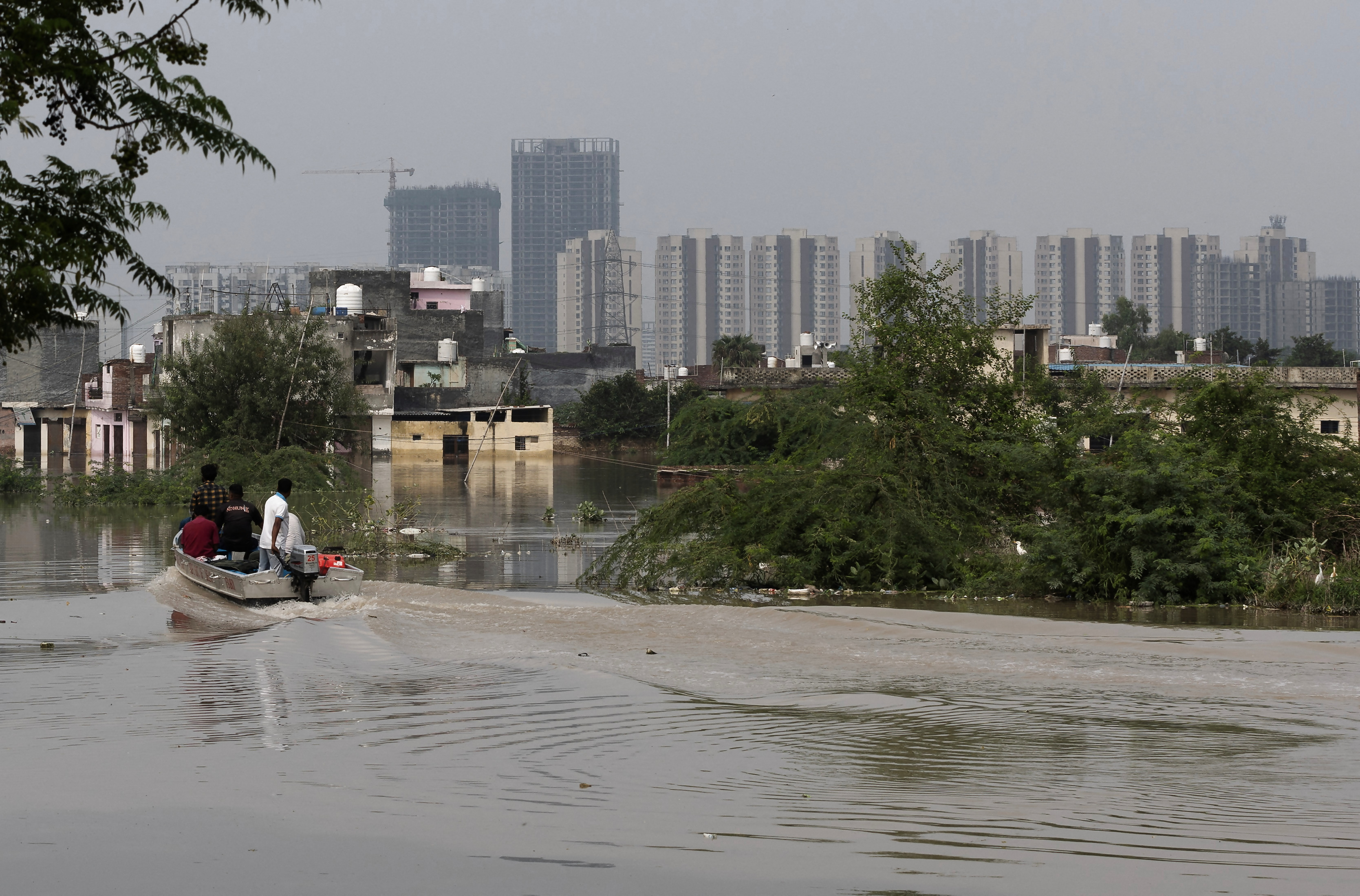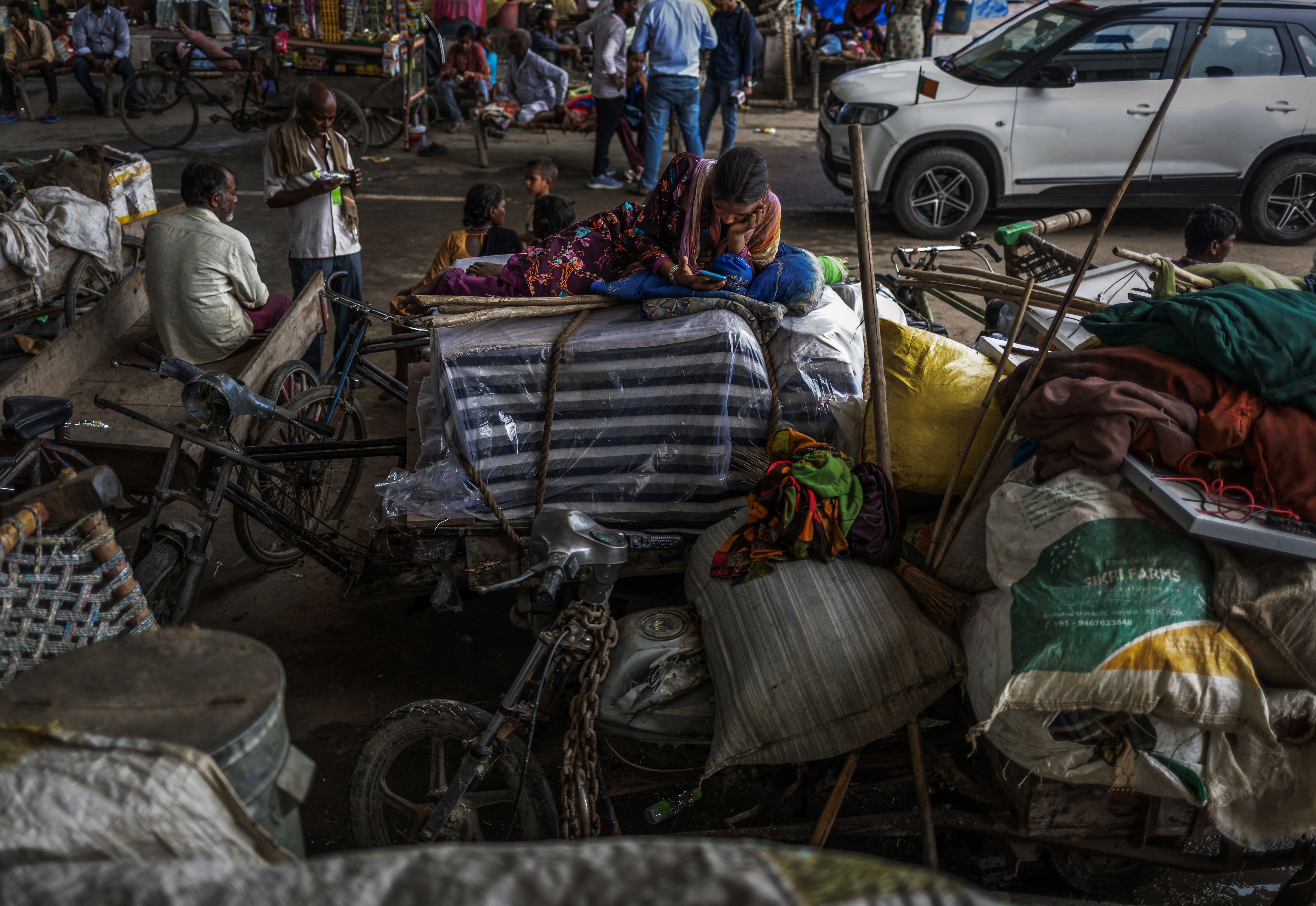
views
Improved flood conditions in the national capital have led to the reopening of several roads for smooth traffic movement, as announced by the Delhi Traffic Police.
What Areas are Open and Close?
Bhairon Marg and sections of the Ring Road, including ISBT Kashmere Gate to Timarpur and Civil Lines (Mall Road side), are now accessible to vehicles.
Light vehicles can also utilize the Ring Road stretch from Sarai Kale Khan to IP Flyover to Rajghat. However, certain sections such as the Ring Road from Shanti Van to Monkey Bridge and Yamuna Bazar-ISBT remain closed. The advisory further states that the Ring Road from Majnu Ka Tila to Hanuman Setu is closed, along with the carriageway from IP College to Chandgiram Akhara and Chandgiram Akhara to Shanti Van, due to safety concerns caused by mud.

However, one carriageway from Hanuman Setu to Salim Garh bypass to IP Flyover has been opened, allowing commuters heading to Nizamuddin to take a left turn from IP Flyover to Vikas Marg via the Akshardham setu loop.
Moreover, both carriageways of the Outer Ring Road from Mukarba to Wazirabad are accessible. Additionally, the old iron bridge at Pushta to Shamshan Ghat has been reopened, while ISBT Kashmere Gate remains closed, according to the traffic police.
What is the Yamuna Water Level Right Now?
Following the unprecedented rise in the water level of the Yamuna river, which has now begun to recede but remains above the danger mark, Delhi Chief Minister Arvind Kejriwal announced on Sunday that each flood-affected family would receive financial assistance of Rs 10,000. Meanwhile, amidst ongoing blame-shifting over the situation, there have been positive developments regarding the water treatment plants.
The Chandrawal water treatment plant, which was one of the three plants temporarily shut down due to the flooding, has resumed operations as the Yamuna level recedes.
Earlier, the Okhla plant had also restarted after indications of the river calming down. Kejriwal confirmed the resumption of the Chandrawal plant in a tweet. While the water level of the Yamuna has decreased to 205.52 meters by Sunday evening from its peak of 208.66 meters on Thursday, it still remains above the danger mark of 205.33 meters, according to officials.
Why is Delhi Still Waterlogged Despite Waters Receding?
As per a report by Indian Express, despite experiencing annual instances of waterlogging during the monsoon season, the city of Delhi is still lacking a comprehensive Drainage Master Plan. In 2011, the Delhi government had entered into an agreement with IIT-Delhi to develop such a plan, and the institute submitted a report in 2018. However, the plan was ultimately deemed “generic” and devoid of actionable measures, leading to its shelving in 2021, the report said.
Former deputy chief minister Manish Sisodia, who oversaw the project, subsequently designated the Public Works Department (PWD) as the nodal agency and decided to engage consultants to create a comprehensive drainage master plan for each of the three drainage basins: Najafgarh, Trans-Yamuna, and Barapullah. The appointment of consultants was scheduled for March 2022. While the PWD initiated a tender process for the Najafgarh basin in 2022, it failed to attract sufficient bidders.

In addition to the stagnant state of the master plan, senior PWD officials have highlighted another issue: Delhi’s drains, particularly stormwater drains, are antiquated and ill-equipped to handle the recent rainfall of 125 mm within a 24-hour period, the report explains.
Officials explained that the aging pipelines contribute to water overflow, while the increased population and unauthorized construction have resulted in clogged stormwater drains over the years.
In addition to the lack of a Drainage Master Plan, there are other significant factors contributing to waterlogging issues in Delhi. Professor CR Babu, the head of the Centre for Environmental Management of Degraded Ecosystems, highlighted some of these reasons in a report by the Times of India.
According to Professor Babu, many low-lying areas that suffer from waterlogging have either lost their wetlands or have been extensively covered in concrete. This has resulted in the disappearance of natural drainage systems and raw drains that used to carry water to the wetlands. In the past, Delhi had numerous wetlands, but they were neglected, leveled, and built upon, leading to the waterlogging problems experienced in many areas today.
Furthermore, the aging drainage system in Delhi is unable to cope with heavy rainfall, exacerbating the issue of waterlogging. Additionally, stormwater often flows into sewage networks, further contributing to flooding problems.
These factors, including the loss of wetlands, concretization, an aging drainage system, and stormwater mixing with sewage networks, collectively contribute to the recurring problem of waterlogging in Delhi.
Politics Over Situation
Several Delhi ministers, including Gopal Rai and Raaj Kumar Anand, assessed the relief measures implemented in various locations affected by the floods. Later in the day, Lieutenant Governor V K Saxena also inspected the flood-affected areas, stating that efforts were underway to drain the water from Rajghat, Mahatma Gandhi’s memorial. As a precautionary measure, all government and private schools in the areas adjacent to the Yamuna river in Delhi will remain closed on Monday and Tuesday.
Meanwhile, the Aam Aadmi Party (AAP) and the Bharatiya Janata Party (BJP) engaged in a war of words regarding the current situation. The BJP accused the AAP of neglecting the maintenance of the ITO barrage, although it is under the purview of the Haryana government. In response, the AAP’s Bharadwaj refuted the allegations and demanded a judicial probe into whether the AAP government had conducted any desilting of the Yamuna and city drains, along with the amount of money spent on it.
With the receding water levels of the Yamuna, certain roads such as Bhairon Marg have been opened for traffic movement, as stated by the Delhi Traffic Police. The traffic advisory indicates the opening of Bhairon Marg and the stretch of Ring Road from Sarai Kale Khan to the IP flyover to Rajghat for light vehicles. However, sections of the Ring Road from Shanti Van to Monkey Bridge-Yamuna Bazar-ISBT remain closed. On the other hand, the Ring Road from ISBT-Kashmere Gate to Timarpur and the Civil Lines Mall Road side has been reopened. Atishi, the Public Works Department minister, inspected the waterlogged roads and urged officials to expedite the water pumping process.
PTI contributed to this report














Comments
0 comment